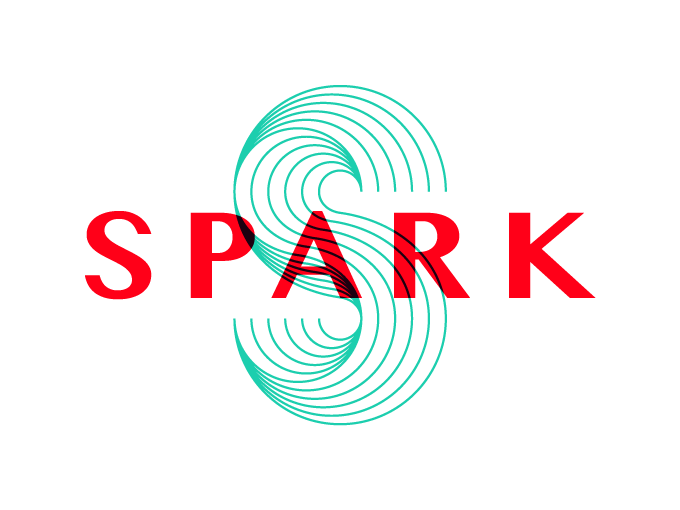TENNIS FITNESS DRILLS
All levels of tennis player benefit from tennis fitness drills, and a tailored program will create a balanced and efficient body.
Spider tennis drill
Benefits: Speed; agility; endurance
Equipment: 5 tennis balls
Repetitions: Perform 1-3 times timing yourself
Time to beat: Keep a record of your times & try to improve. Or challenge a friend to see who can complete it more quickly
Method:
Stand at the centre mark of the baseline with 5 tennis balls placed on the ground. Begin by getting into your athletic stance (see below). Pick up one tennis ball and side step to the left singles line, place the ball on the ground and then go back to the starting point.
Pick up another ball and run diagonally to the left side T where the service line and side line meet, then backpedal diagonally back to the starting point.
Pick up a third ball and run straight ahead to the centre T mark of the service line, then backpedal to the starting point.
Using the fourth ball run on a diagonal to the right side T, then backpedal diagonal run to the starting point.
Finally, using the remaining ball run a sideward shuffle to the right singles side line.
Now reverse all of the above returning the tennis balls to their original position on the centre mark of the baseline.
Crab walk - glute activation
Benefits: Strengthens lower body notably the gluteal muscles; warm up
Equipment: Resistance band
Repetitions: 10-15 steps to your left AND right. Rest & repeat.
Method: Crab walks strengthen the glutes in a functional, weight bearing position.
Use an appropriately tensioned resistance band. You can buy light, medium & heavy bands and often in a pack of 3.
Start with your feet shoulder width apart and squat down into a half squat. Take small steps to one side, moving slowing. Maintain athletic stance with a neutral spine. Try to isolate the movement to the lower body keeping your upper body strong and controlled throughout.
Keep the knees externally rotated to work the glute maximus.
Make sure the resistance band stays stretched throughout the exercise, the glutes on both legs will get a thorough work out.
Base landing (two legs)
Benefits: Force absorption; stability; agility
Equipment: None
Repetitions: 8-10
Method:
Stand on tip-toes & raise your arms in the air. Be as tall as you can be.
With a quick rate of speed drive your arms down past your hips and come to a halt.
Ensure you stick the landing, pausing with feet shoulder width apart; chest up & eyes on the horizon - athletic stance.
We want to finish in a squat position with good alignment with hips, knees & ankles
The faster the arm drive the more beneficial the exercise is provided you are in control and maintaining athletic posture.
A-stance
Benefits: Improves athletic posture to help you maximise strength, speed & power on the tennis court. Increasing your sprinting speed begins with knowing how to sprint properly. The proper stance, takeoff and form help to propel your body in any direction without wasting energy.
Equipment: None
Repetitions: 8-10
Method: Sprinting is the most essential and basic of all athletic movements. The A-Stance drill is another exercise designed to improve your ability to generate and control explosive movements like jumping and sprinting; key movements in tennis
Start by bringing your right knee up to hip height, bending the knee at 90 degrees. Bend your arms at the elbow and raise the left arm in front of your body.
Focus on engaging the glute of the standing leg and creating full body tension by making yourself tall and strong. Imagine someone was going to try to push you over.
Once you have found your balance quickly drive the right foot to the ground plating the foot and simultaneously raise the left knee to hip height. As you perform this movement your arms will transition, like a sprinter.
Make the movement both explosive and controlled. Only attempt the lateral moving A-Stance once you have mastered the stationary version.
SPARK TIP:
What is “athletic stance”? It's the fundamental stance in most sports, the starting point of almost every athletic movement. It puts you in an optimal position to move quickly in any direction while keeping your eyes on the field of play. First, stand with your feet shoulder width apart; then focus on driving your hips back into a squat. As your hips move back, your knees will bend but your shins should remain nearly vertical. Your shoulders should be directly over your toes. If you do it correctly, you will feel tension in your hamstrings and glutes. It will look like this:

